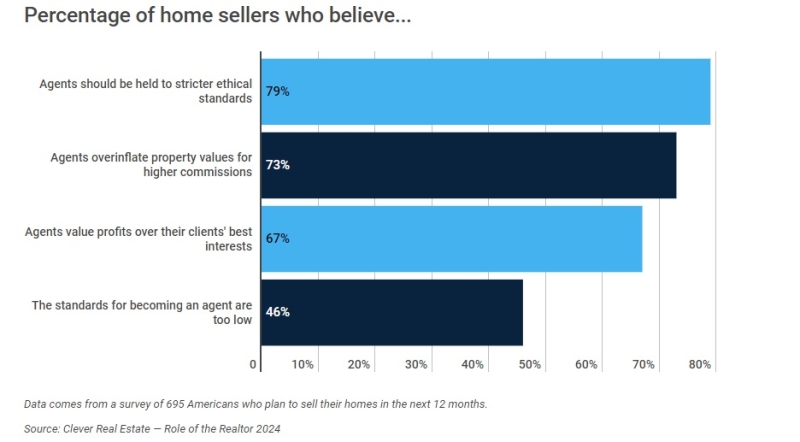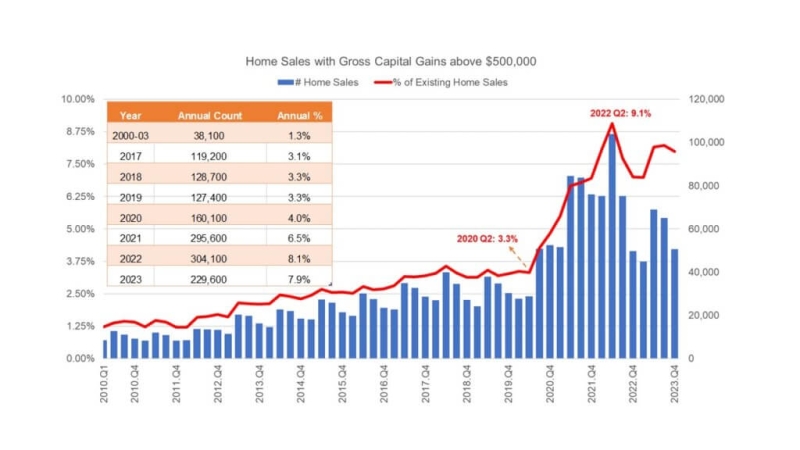Advertisement
Kaleidico introduces mortgage lead rating ticker
MBA releases long-term forecastMortgagePress.comeconomic growth, residential mortgage, fixed-rate mortgages, commercial real estate
The Mortgage Bankers
Association projects that economic growth in the first half of
2007 will accelerate from the second half of last year, averaging
three percent in 2007. MBA expects growth to pick up, returning to
near trend growth (approximately 3-1/4 percent) over the course of
2008 and through 2009. MBA also forecasts total residential
mortgage production in 2007 to be $2.39 trillion.
"Residential investment is expected to decline further through
the first half of 2007 but at a diminishing pace," said Doug
Duncan, MBA's chief economist and senior vice president for
research and business development. "Economic growth should
accelerate later this year to a trend-like pace as the drag from
the housing sector wanes. Long-term interest rates have remained
historically low following two years of monetary tightening.
Consumer spending growth is robust, helped by solid stock market
gains, declining oil prices and healthy wage increases. The trade
sector has also begun to turn around, contributing to economic
growth."
Duncan expects that the Fed will keep the fed funds rate steady
at the current 5.25 percent through the forecast period, as
economic growth firms up to a trend pace. Incoming data suggesting
that economic activity is gradually improving over the past month
has caused the financial market to pare down expectations of an
easing in the first half of this year, resulting in an increase in
long-term rates.
The rates on fixed-rate mortgages are currently about 6.2
percent. Duncan expects long-term rates to rise modestly this year,
helping to cushion the decline in residential housing activity that
will continue through at least mid-2007. Commercial real estate
activity should remain a bright spot in the economy.
"The labor market is still quite healthy," said Duncan.
"Employment continues to expand, with payrolls increasing at an
average monthly pace of 135,000 in the final quarter of last year.
Core inflation has trended lower in recent months but is still
exceeding the upper-end of the Fed's comfort zone. We are
optimistic that core inflation will continue to decelerate slowly,
moving within the comfort zone later this year."
Following are the key points of the latest MBA forecast:
-Real GDP growth will average about three percent in 2007, 3.3
percent in 2008 and 3.4 percent in 2009.
-The unemployment rate will increase from the current level of 4.5
percent-4.9 percent by the end of 2007 and remain around that level
through 2009. We expect the labor market to add an average of about
100,000-120,000 jobs monthly over the next 12 months.
-Fixed mortgage rates are expected to rise to about 6.5 percent by
the end of 2007 and to remain about that level through the forecast
period.
-Total existing home sales for 2007 will decline by about seven
percent relative to 2006. New home sales will decline by about
eight percent from 2006. Both home sales are projected to rebound
in 2008 by approximately three percent and increase by about one
percent in 2009.
-Existing home price appreciation is expected to slow significantly
over the next three years. Median prices should remain relatively
flat for both new and existing homes. Price gains for in 2008 and
2009 are expected to be limited to approximately two percent.
-Residential mortgage originations for purchase loans will reach
approximately $1.33 trillion in 2007 and will remain flat in 2008.
Residential refinance loans will total approximately $1.06 trillion
in 2007 and then decline to $957 billion in 2008. For 2009,
purchase originations should edge up slightly, while refi
originations should decline to around $800 billon.
-Total residential mortgage production in 2007 will be $2.39
trillion, a decline of approximately five percent from an estimated
$2.51 trillion in 2006. Total mortgage originations should decline
an additional four percent to $2.29 trillion in 2008 and drop
another six percent to $2.15 trillion in 2009.
For more information, visit www.mbaa.org.
About the author





